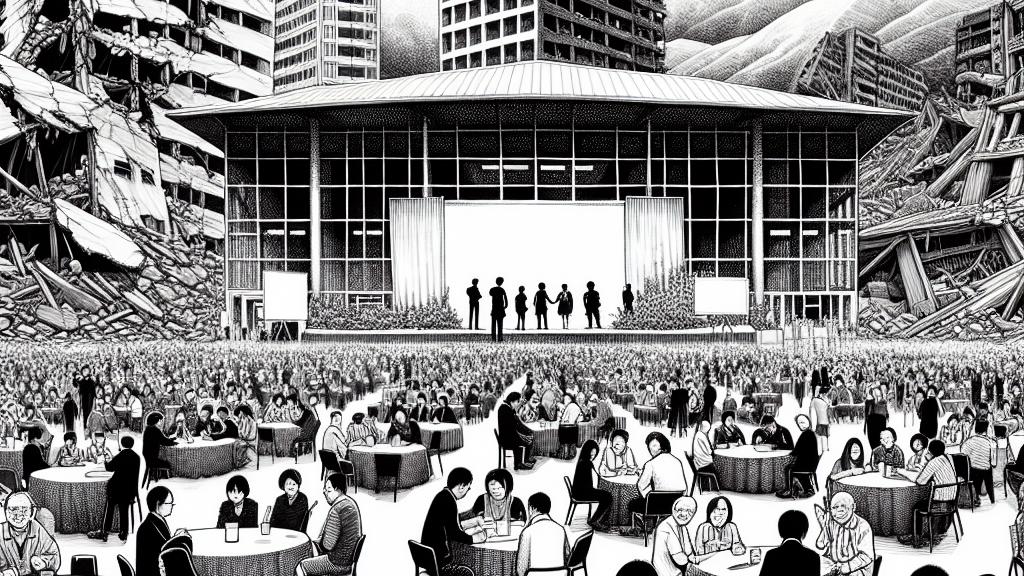Forum on Post-Disaster Rebuilding Held for 921 Earthquake Anniversary
Overview
- Event commemorates 25 years since Taiwan's devastating 921 earthquake.
- Highlights fruitful collaboration with Japan on effective disaster recovery.
- A striking sculpture unveiled, symbolizing resilience and community strength.

Reflecting on the Impact of the 921 Earthquake
At 1:47 AM on September 21, 1999, Taiwan was shattered by a catastrophic 7.3 magnitude earthquake, forever altering the fabric of its society. The earthquake tragically resulted in over 2,400 lives lost and left countless families in despair, with entire communities grappling with significant destruction. To honor this heart-wrenching anniversary, the forum held in Nantou County served as a poignant reminder of both the sorrow of the past and the resilience of those who rebuilt their lives. During this event, the stories of survival and recovery intertwine, resonating alongside Japan's experience during its 2011 earthquake and tsunami, which claimed approximately 20,000 lives, further emphasizing the critical need for shared knowledge in disaster response.
A Collaborative Dialogue on Resilience
The forum, aptly titled 'Resilience-Driven Creation,' brought together an impressive array of 30 speakers from Taiwan and Japan, creating a vibrant dialogue around disaster recovery strategies. Participants shared powerful testimonies and innovative solutions that emerged from dark times, showcasing how adversity can spur collective growth. Huang Jong-tsun, a key leader in Taiwan’s recovery efforts, passionately advocated for the continuation of these vital exchanges, highlighting how both nations have thrived on mutual learning. For example, Taiwan has implemented rigorous building codes to ensure safety, while Japan has pioneered advanced seismic technology, effectively turning lessons learned into actionable practices. This cross-pollination of ideas is not just beneficial, it is essential for cultivating resilient communities that can withstand future calamities.
A Sculpture of Hope and Unity
One of the most breathtaking moments of the forum was the unveiling of a mesmerizing sculpture, meticulously crafted by the talented artist Chang Chia-ming. This artwork, made from robust black granite, features intricate details that represent strength in vulnerability, adorned with brass butterfly joints symbolizing the beauty of healing. Positioned at the Paper Dome—a structure rich in history that originally served as a temporary church after the Great Hanshin earthquake—this sculpture encapsulates the spirit of resilience and the unwavering bond between Taiwan and Japan. It serves a dual purpose: as an artistic expression and as a powerful reminder that from the rubble of disaster, communities can rise, united more than ever. The event not only commemorates a tragic past but celebrates an inspiring future, motivating us all to strive for enduring connections and collective strength.

Loading...